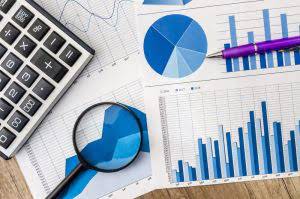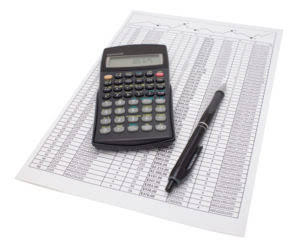
When we’re talking about Normal Balances for Dividends (Owner’s Withdrawals), we assign a Normal Balance based on the effect on Equity. We want to specifically keep track of Dividends in a separate account so we assign it a Normal Debit Balance. Our job as accountants is informing the business owner how their business is doing. We do that by tracking changes and summarizing that information in reports called Financial Statements.
Knowing the normal balance for each type of account is crucial for accurate bookkeeping and financial statement preparation. Similarly, when a business receives cash for services rendered, the Cash (asset) account is debited, increasing its balance. Simultaneously, the Service Revenue (revenue) account is credited, increasing the income recognized. This process demonstrates how normal balances provide a clear framework for recording all financial activities, ensuring accuracy and consistency in financial statements. For example, when a business purchases office supplies on credit, the Supplies (asset) account is debited to increase its balance, consistent with its normal debit balance. Concurrently, the Accounts Payable (liability) account is credited to increase the amount owed, aligning with its normal credit balance.
Understanding normal balance is fundamental for maintaining accurate financial records and managing a business’s finances. It serves as a guide for bookkeepers and accountants, indicating the expected balance for each account type. This predictability helps identify unusual account balances, which could signal an incorrectly recorded entry or an unexpected financial event. Normal balance refers to the side—either debit or credit—where an increase in a particular account is recorded. In the double-entry accounting system, every financial transaction impacts at least two accounts, ensuring the accounting equation always remains balanced. Debits are recorded on the left side of an account, while credits are recorded on the right.


As a result these items are not reported among the assets appearing on the balance sheet. Things that are resources owned by a company and which have future economic value that can be measured and can be expressed in dollars. Examples include cash, investments, accounts receivable, inventory, supplies, land, buildings, equipment, and vehicles. You should consider our materials to be an introduction to selected accounting and bookkeeping topics (with complexities likely omitted).

Conversely, debits decrease liability, equity, and revenue accounts. Credits increase liability, equity, and revenue accounts, while simultaneously decreasing asset and expense accounts. This dual effect ensures that the fundamental accounting equation—Assets equal Liabilities plus Equity—remains balanced after every transaction. Examples of equity contra accounts are Owner Draws and Repurchased Treasury Stock Shares. Understanding an account’s normal balance is important for accurately recording financial transactions.
This would change the Normal Balance of inventory from credit to debit. As a new business owner, there will be a variety of financial reports and terms that you may not be what is the normal balance for expenses? aware of. Planning revenue should feel like you’re creating a positive route for success. However, oftentimes, businesses will end up with a plan that’s more…

When we’re talking about Normal Balances for Expense accounts, we assign a Normal Balance based on the effect on Equity. Because of the impact on Equity (it decreases), we assign a Normal Debit Balance. When we’re talking about Normal Balances for Revenue accounts, we assign a Normal Balance based on the effect on Equity. Because of the impact on Equity (it increases), we assign a Normal Credit Balance.
By recording transactions as debits or credits correctly, companies ensure their financial reports are accurate. It also helps Travel Agency Accounting meet rules set by the International Accounting Standards Board (IASB) and the IRS. Expense accounts, like hungry caterpillars, are always consuming resources, craving debits to grow. When your business racks up costs—think salaries, rent, or utilities—it feeds these accounts with debit entries. They naturally inflate on this diet of debits because each expense essentially represents money leaving your corporate wallet. Picture each debit like a puzzle piece, completing the picture of your operating costs.

Those Financial Statements are Income Statement, Statement of Owner’s Equity, Balance Sheet, and Statement of Cash Flows. When we track the changes in the Accounting Equation, we use the three basic accounts (Assets, Liabilities, and Equity). But it wouldn’t make sense to just put all of our Assets in a big pile and dump all our Liabilities in a bucket. The company also took out a $15,000 loan to pay https://microbiotaysaludintegralrc.com/the-accounting-entry-for-depreciation/ for the delivery van.
Liabilities are increased by credits, meaning their normal balance is a credit. When a business purchases supplies on credit, the Accounts Payable account is credited, increasing the amount owed. For example, you can use a contra asset account to offset the balance of an asset account, and a contra revenue accounts to offset the balance of a revenue account. The normal balances of accounts are important to consider when preparing financial statements. Accounts that typically have a debit balance include asset and expense accounts. In double-entry bookkeeping, the normal balance of the account is its debit or credit balance.